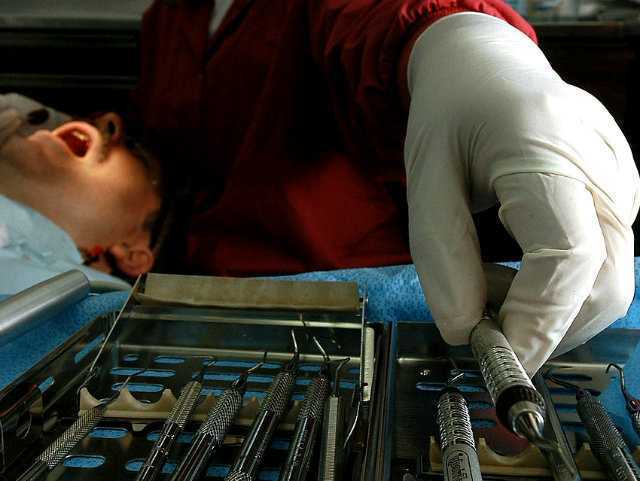Your teeth are securely held in your jaw. To maintain the natural form and shape of the bone, the roots stimulate it. After tooth loss, however, the bone may start to shrink immediately and significant bone loss may occur over time. If this happens, it may be impossible to put dental implants.

Bone grafting is a surgical procedure used to reverse the resorption of bone that may have occurred because of trauma, tooth loss, disease and ill-fitting dentures. According to Blue Sky Dentistry, it also rebuilds the bone structure under the gums to prepare it for the placement of dental implants.
Below are the different types of bone graft:
Allograft
Allograft, also known as allogeneic bone, is a tissue graft derived from the same species that are genetically unrelated. Cadaver bone is usually the source of allograft. To avoid the passing of bacteria, this type of bone has to go through different treatment sequences, which include acid washing, freeze-drying and irradiation.
Autograft
Also called autogenous bone graft, Autograft is considered as Gold Standard because it’s a “live bone” with living cellular elements that improves bone growth. It’s made from the patient’s own bone and is harvested elsewhere in the body. The most common harvest sites are the jaw, chin, hip, bone of the lower leg and the skull.
Xenograft
It’s a non-vital (dead) bone that came from another species, usually a cow. Dental professionals process Xenograft material at a very high temperature. It’s because the risk of contamination by viral proteins and immune rejection is higher in bovine bone than in human cadaver bone.
Alloplast
This includes synthetic graft materials not coming from human or animal origin. Alloplast usually includes Hydroxyapatite in oral implantology.
If you’re considering dental implants and have been told you need a bone graft, talk to your dental healthcare provider for immediate diagnosis and treatment.

